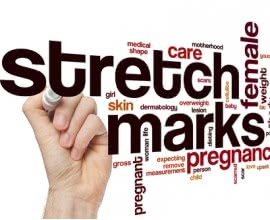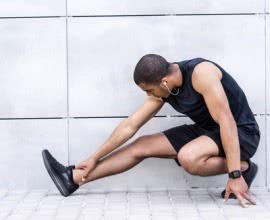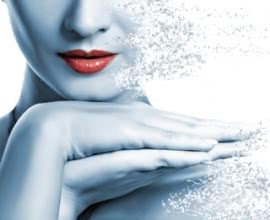Feeling Stretched?
Stretch marks are long, narrow, streaks, stripes, or lines that develop on the skin and which differ in colour from the surrounding skin. Today they are a major part of cosmetic tourism packages.
They are a result of the sudden stretching of the skin and are very common. Anyone can develop stretch marks although they tend to effect women than men. They are visible on the body, the thighs, buttocks, stomach, hips, breasts, upper arms and lower neck. The marks form in the middle layer of the skin. When there is constant stretch the layer tears leaving stretch marks. This type of scarring happens when the skin cannot return to its original form after a period of intense growth sometimes due to pregnancy, weight gain or during puberty but can be rectified through treatments offered in plastic surgery travel. Extreme weight loss can also make stretch marks more visible. Some stretch marks occur as a result of acute trauma affecting the skin (such as car accidents when heavily pregnant). They are usually slightly red or purple shade and begin to fade with time to silvery white lines that may or may not disappear. It is common with women in the Western part of Africa.
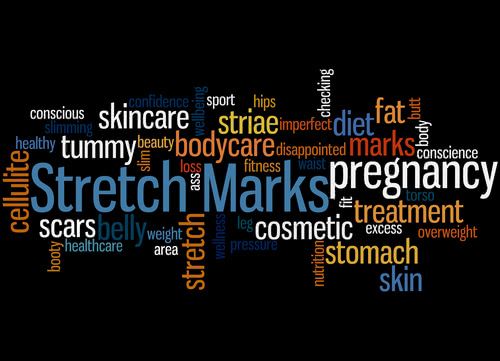
Effects
Stretch marks are not medically dangerous but cause embarrassment and concern to some individuals. For some people, they are a source of significant cosmetic concern. This sometimes results in emotional and psychological stress, especially during puberty. They are often visible in the late part of pregnancy when they are prominent, in the postnatal period they appear pale. Their occurrence depends on the skin type and elasticity. They are also an important factor considered before C-section of a pregnant woman who often opt for cosmetic tourism packages. Hormones are produced during pregnancy that softens skin fibres giving an increased risk of stretch marks.
Puberty
The body goes through rapid growth cycles during puberty which can cause the development of stretch marks. In males, they arise in the shoulders and the back. In females, they occur on the hips, thighs and breasts.
Rapid weight gain
They also occur when a person gains weight rapidly such as when body builders and athletes dramatically increase muscle mass over a short period.
Medical conditions
Certain medical conditions such as * Cushing syndrome or Marian syndrome can lead to the development of stretch marks. The latter case causes weakness and decreased elasticity in body tissues. Cushing syndrome involves overproduction of stress hormone which can lead to rapid weight gain causing the skin to become fragile, thin and more susceptible to bruises, scarring, and infections. They can, however, be treated through certain cosmetic tourism packages.
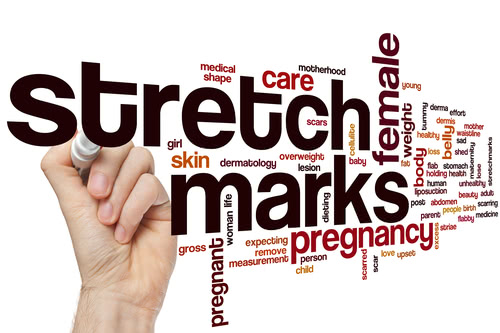
Before stretch marks emerge the skin can appear thin and pink and may feel irritated and itchy. The marks initially develop as wrinkly raised streaks that can be red, purple, pink, reddish-brown or dark brown depending on skin colour. The streaks eventually fade, flatten and change to a silvery colour over time becoming less noticeable over time.
Tests and diagnosis
They are easily diagnosed based on skin examination and medical history. They are not harmful and do not lead to medical complications.
Treatment and prevention
Creams, gels, lotions and cosmetic surgery have all been proposed as treatments with very little confirmed success unlike cosmetic tourism packages. Current treatments are particularly limited in their ability to deliver long-lasting improvements for all skin types. Advances in laser technologies and ongoing research mean that the future looks bright for developing effective treatments. There are many creams and oils being marketed as treatments and prevention. However, especially for pregnant women, it is best to consult a specialist because of their possible side effects or consider cosmetic tourism packages.
Sources:
http://www.medicalnewstoday.com/articles/283651.php
http://www.healthline.com/health/stretch-marks
http://www.nhs.uk/Conditions/Stretch-marks/Pages/Introduction.aspx 2

